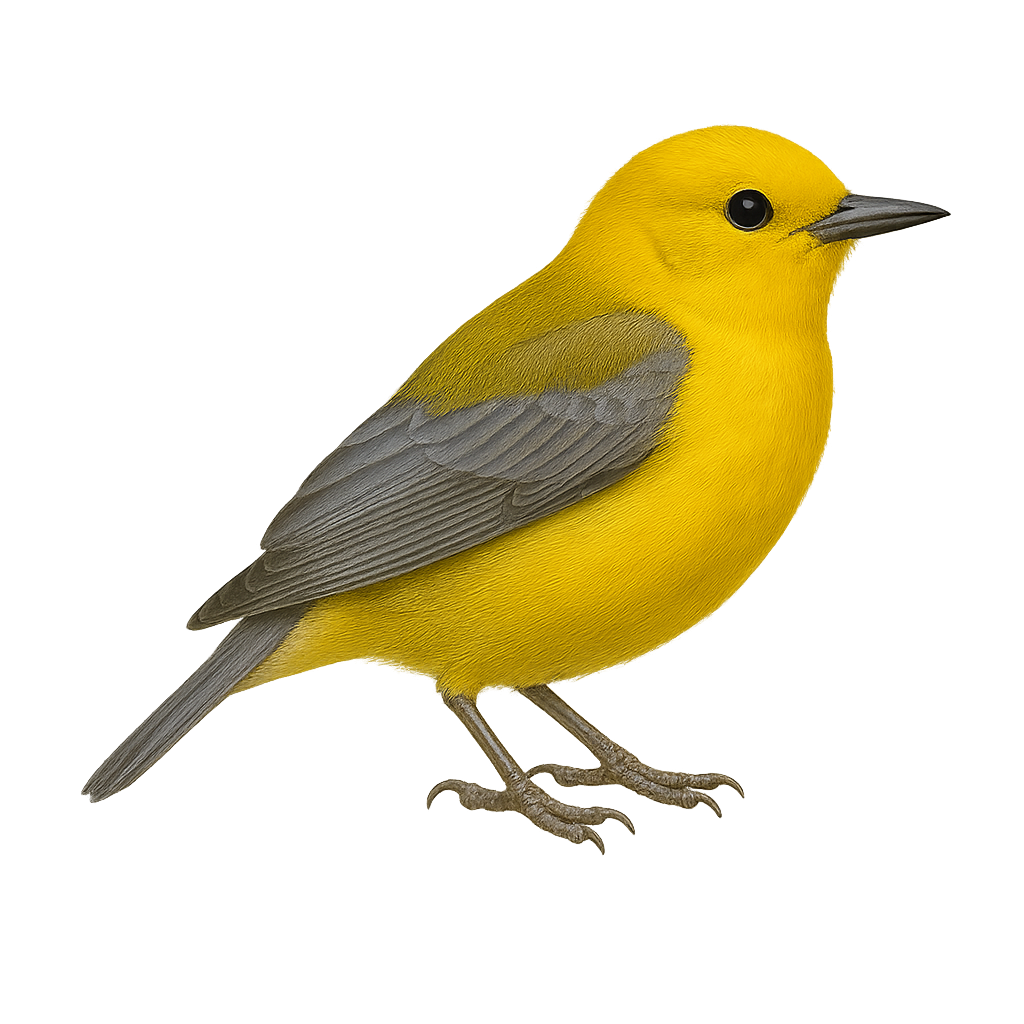Your wildlife photography guide.
Explore the prothonotary warbler in detail, study its behavior, prepare your shots.
Where to observe and photograph the prothonotary warbler in the wild
Learn where and when to spot the prothonotary warbler in the wild, how to identify the species based on distinctive features, and what natural environments it inhabits. The WildlifePhotographer app offers tailored photography tips that reflect the prothonotary warbler’s behavior, helping you capture better wildlife images. Explore the full species profile for key information including description, habitat, active periods, and approach techniques.
Prothonotary Warbler
Scientific name: Protonotaria citrea

IUCN Status: Least Concern
Family: PARULIDAE
Group: Birds
Sensitivity to human approach: Suspicious
Minimum approach distance: 10 m
Courtship display: May to June
Incubation: 12-14 jours
Hatchings: May to July
Habitat:
humid forests, swamps, riparian areas
Activity period :
Primarily active during the day, with peak activity in the morning and late afternoon.
Identification and description:
The Prothonotary Warbler, or Protonotaria citrea, is a small songbird in the Parulidae family, easily recognizable by its bright yellow plumage and orange head. It primarily inhabits the humid forests and swamps of eastern North America. A migratory bird, it winters in Central America and northern South America. It feeds mainly on insects and spiders, which it captures in dense foliage. The Prothonotary Warbler is known for its melodious song and elaborate courtship displays. Although its population is stable, it is threatened by habitat loss due to urbanization and wetland drainage.
Recommended lens:
400 mm – adjust based on distance, desired framing (portrait or habitat), and approach conditions.
Photography tips:
To photograph the Prothonotary Warbler, choose sunny mornings when natural light highlights its vibrant plumage. Use a 400mm or longer telephoto lens to capture precise details without disturbing the bird. Be patient and discreet, as this bird is suspicious. Focus on areas near water, where it is more active. A tripod can be helpful to stabilize your camera and achieve sharp images. Finally, listen for its distinctive song to locate this bird more easily in its natural habitat.
The WildlifePhotographer App is coming soon!
Be the first to explore the best nature spots, track rutting seasons, log your observations, and observe more wildlife.
Already 1 439 wildlife lovers subscribed worldwide

